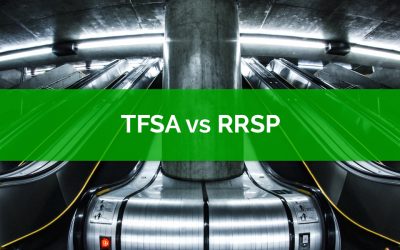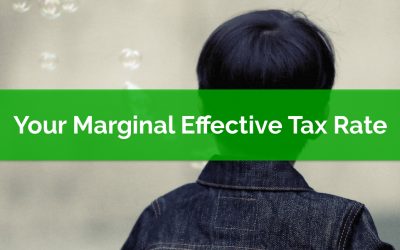Thank you for joining the waitlist!
You’re on the list for early access!
We will contact you via email when we’re ready for you to start your self-directed financial plan. In the mean time here is a quick preview…
Check out our latest blog posts…
TFSA vs RRSP? Picking The Right One Could Save You $100,000+ In Tax
Both TFSA and RRSP are great, but they’re also different. These tax-advantaged accounts each have their own pro’s and con’s.
If you only have a set amount to invest each month, it’s important to pick the “right” account.
The “right” account can change over time as your income and personal circumstances change.
Each account, TFSA vs RRSP, deals with taxes differently. Choosing the right account will help you save $100,000+ in tax over your lifetime. Who would say no to $100,000?!?
By choosing the right tax-advantaged account, you can actually save less each month and still achieve all your financial goals.
Tax Shelters For Every Canadian
When you think “tax shelters” you probably picture some Caribbean island. But did you know that the average Canadian has access to 2-3 tax shelters of their very own?!?!
The average Canadian family can shelter 32% of their gross income every year! They can do this in accounts that either defer or avoid taxes.
What is a tax shelter? In the broadest sense….
“A tax shelter is a financial arrangement made to avoid or minimize taxes.”
But let’s clarify something for a second, avoiding taxes is completely legal and it’s an important financial planning strategy.
What isn’t legal is tax evasion. Tax evasion is the illegal underpayment of your taxes. Tax evasion is basically when you ignore tax rules and use some tax-saving scheme. This is done through shady accounting practices or stashing money in offshore accounts in tax-havens like the Caribbean.
Every Canadian has access to a few different tax-sheltered accounts to help them legally minimize their taxes.
Tax-sheltered accounts are extremely useful because they help you delay, reduce or even avoid paying taxes all together. Using these accounts in the right way can help you avoid paying thousands of dollars in taxes and can even help you boost your government benefits!
Reducing taxes is an important component of any financial plan. Unfortunately, most Canadians don’t maximize their tax-sheltered accounts.
The average Canadian family can shelter 32% of their income each year in accounts that either defer or avoid taxes*. In this post we cover the three common tax-sheltered accounts of which every Canadian should be aware.
DYK? Your Marginal Effective Tax Rate Could Be 60-70%!
Did you know? Your marginal effective tax rate could be as high as 60-70%?!?
You might be thinking….
What is a “Marginal Effective Tax Rate” anyway, and why is it so high?!?
Well….. let’s start with a term you might be more familiar with, your marginal tax rate (no effective).
You marginal tax rate is how much tax you pay on the next dollar you earn. For high income earners this can be above 53%. For the next $100 they earn, $53 goes to taxes and only $47 goes in their pocket.
Thankfully, with our progressive tax system, low and moderate income earners pay a much lower rate, typically in the 20% to 40% range depending on their income. This means a low or moderate income household will only lose $20 to $40 of the next $100 they earn to income tax.
Your marginal effective tax rate is your marginal tax rate plus the claw back from government programs. These claw backs are based on your net income and work much the same way that income tax does, the more you earn, the more of your government benefits get clawed back.
This is a very important consideration when planning your finances. For some low and moderate income households these government claw backs can exceed 30%. This can push Marginal Effective Tax Rate (METR) over 60%. That means $60 of the next $100 they earn will be lost to taxes and claw backs!!!
For example, a family with two children (my situation) who is earning ~$50,000 per year will lose 32.5% of the next dollar to claw backs and 29.7% to income taxes. Their combined marginal effective tax rate is 62.2%!
A family of four earning $50,000 can easily have a marginal effective tax rate that is higher than a single person earning $220,000+.
Two things greatly affect METRs, marital status and children. These two factors affect government benefits the most so in this post I’ll look at how different family situations can affect your METR and I’ll show you in detail how I calculated the METR for my family, including the income level where each government benefit gets clawed back.



